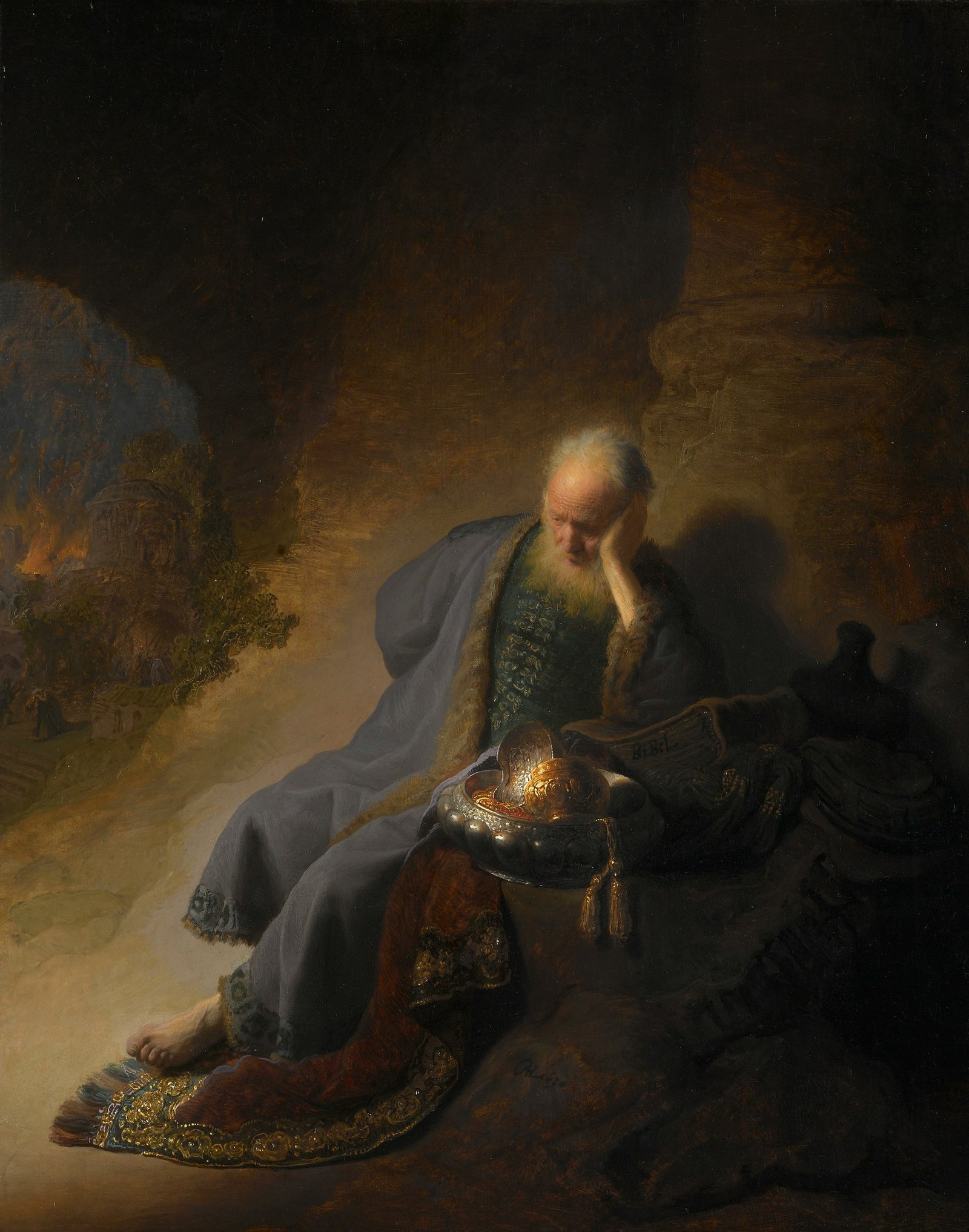Navigating the Complex Landscape of Christianity in China
May 24, 2024 | by contactgod.org

Diverse Christian Groups in China
Christianity in China is characterized by a rich tapestry of denominations and groups that have evolved over centuries. The initial introduction of Christianity to China can be traced back to the 7th century with the arrival of Nestorian Christians during the Tang Dynasty. However, it was the arrival of Jesuit missionaries in the 16th century that marked a significant turning point, establishing a more enduring presence. Over time, the landscape of Christianity in China has expanded to include Protestantism, Catholicism, Eastern Orthodoxy, and various indigenous Christian movements.
Protestantism, introduced in the early 19th century by Western missionaries, has grown significantly and is currently the largest Christian denomination in China. Protestant Christians are often split between state-sanctioned churches, operating under the Three-Self Patriotic Movement, and underground or house churches. These house churches, often unregistered, prefer to operate independently of government oversight, which has led to varying degrees of tension with authorities.
Catholicism in China has a similarly complex history, with the first significant wave of missionary activity occurring in the late Ming Dynasty. Today, Catholic communities are divided between those loyal to the Vatican and those aligned with the Chinese Patriotic Catholic Association, a state-sanctioned body. This division has created unique challenges, particularly regarding the appointment of bishops and the overall governance of the Church.
Eastern Orthodoxy, though smaller in scale, has maintained a continuous presence since the 17th century, primarily among Russian expatriates and a small number of Chinese converts. Its influence remains limited compared to Protestantism and Catholicism but adds to the religious diversity within the country.
Indigenous Christian movements, such as the True Jesus Church and the Local Church, have also emerged, reflecting a syncretic blend of traditional Chinese religious practices and Christian beliefs. These groups often operate independently of foreign influence, emphasizing local leadership and contextualized theology.
The geographical distribution of these Christian groups varies, with urban areas and coastal provinces typically hosting larger congregations due to greater exposure to foreign influences and higher levels of socio-economic development. Conversely, rural and inland regions might see fewer and smaller Christian communities.
The legal status of Christianity in China is multifaceted. State-sanctioned churches are officially recognized and operate within the confines of government regulations, while underground or house churches exist in a more precarious legal situation. These unregistered churches often face scrutiny and occasional crackdowns, reflecting the broader socio-political environment.
Overall, the diverse Christian groups in China illustrate the complexity and dynamism of religious practice in the country, shaped by historical, social, and political factors.
Challenges in Identifying Authentic Christianity
Identifying authentic Christian experiences in China presents a unique set of challenges, primarily due to the intricate interplay of government regulations, cultural nuances, and diverse religious practices. Government oversight significantly influences religious expression, mandating that only state-sanctioned churches operate legally. These regulations often result in a controlled environment where religious teachings and practices can be aligned more closely with political objectives than with traditional Christian doctrines. Consequently, individuals seeking genuine Christian experiences may find it difficult to discern authentic teachings amid state-influenced narratives.
Cultural differences also play a critical role in shaping the landscape of Christianity in China. The integration of local customs and beliefs has led to the emergence of syncretism, where elements of different religions are blended. This hybridization can complicate the identification of pure Christian doctrine, as practices may incorporate aspects of Buddhism, Taoism, or folk religions. As a result, distinguishing between true Christian teachings and those mixed with other religious elements requires a deep understanding of both the local culture and traditional Christianity.
The prevalence of underground churches further adds to the complexity. These congregations operate outside the purview of government regulations, often in secret, to avoid persecution. While some underground churches strive to maintain doctrinal purity, the lack of standardized religious education can lead to varying interpretations and practices. This inconsistency makes it challenging for individuals to find a reliable source of Christian teaching.
Navigating these challenges necessitates a multifaceted approach. Engaging with local Christian communities, both state-sanctioned and underground, can provide valuable insights and support. Understanding the historical and cultural context of Christianity in China is crucial for recognizing genuine practices. Seeking out reliable sources of information, such as scholarly works, reputable Christian organizations, and experienced local leaders, can also aid in discerning authentic teachings.
Practical advice for distinguishing between state-sanctioned and underground churches includes evaluating the alignment of their teachings with traditional Christian doctrines and assessing the transparency of their operations. By taking these steps, individuals can better navigate the complex landscape of Christianity in China and identify authentic Christian experiences.
RELATED POSTS
View all


